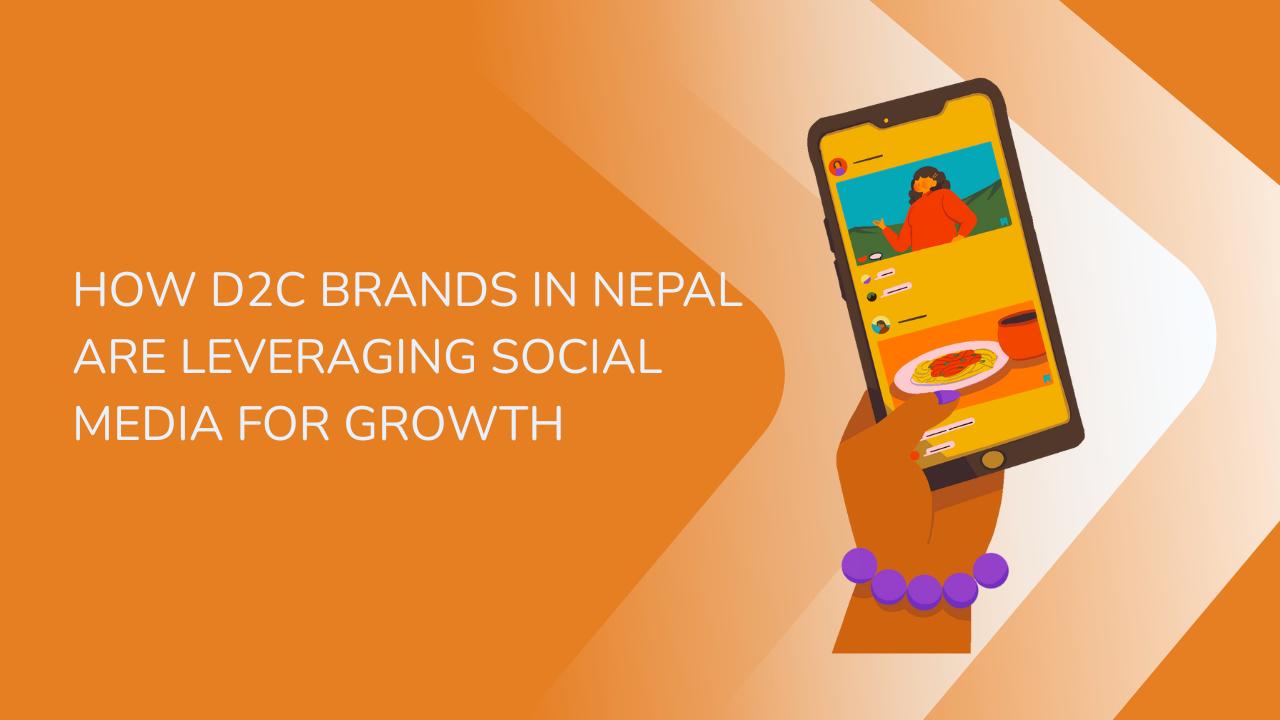Share this Article
Color is a powerful psychological tool that significantly influences consumer behavior, emotions, and purchasing decisions. In the competitive world of e-commerce, where customers rely on visual appeal to form quick impressions, selecting the right color scheme can be the difference between engaging visitors or losing them to a competitor. By understanding the principles of color psychology, businesses can optimize their online stores to enhance user experience, foster trust, and drive higher conversion rates.
1. The Psychological Impact of Colors on Consumers
Colors have the ability to evoke different emotions, moods, and perceptions. The way colors interact with consumers can shape their interactions with a brand and influence their decision-making process. Different hues are known to trigger various psychological responses, which businesses can strategically utilize to guide customer behavior. Here’s how different colors impact consumer psychology:
- Red: Often associated with urgency, excitement, and passion, red is commonly used for sales promotions, clearance events, and impulse purchases. It stimulates the senses and creates a sense of urgency, prompting quicker decision-making.
- Blue: A color that conveys trust, calmness, and professionalism, blue is widely used in financial, healthcare, and technology sectors. E-commerce brands leverage blue to create a sense of security and reliability.
- Yellow: Representing happiness, optimism, and warmth, yellow attracts attention and creates a welcoming atmosphere. It is commonly used by brands that want to appear cheerful and inviting.
- Green: Symbolizing nature, health, and tranquility, green is ideal for eco-friendly brands, wellness products, and sustainable businesses. It also signifies growth and prosperity.
- Black: Exuding luxury, sophistication, and exclusivity, black is often associated with high-end brands. It creates a sense of elegance and is frequently used in the fashion and technology industries.
- Orange: A color that encourages enthusiasm, energy, and creativity, orange is frequently used for call-to-action buttons, promotions, and engagement-driven elements.
- Purple: Associated with creativity, royalty, and spirituality, purple is a popular choice among beauty, luxury, and artistic brands.
2. How Colors Influence Purchasing Decisions
Research indicates that up to 90% of consumers make purchasing decisions based on color alone. This highlights the significance of choosing the right color palette for an e-commerce store. Color influences various aspects of the customer journey, including:
- Brand Recognition: Studies show that consistent color usage improves brand recognition by 80%, making consumers more likely to trust and recall a brand.
- Call-to-Action (CTA) Optimization: Bright and contrasting colors like red, green, or orange make CTAs more noticeable, increasing click-through rates and conversions.
- Emotional Connection: The right color combinations can create an emotional bond with consumers, making them more inclined to complete a purchase.
- Perceived Value of Products: Color can alter the way consumers perceive product quality and price. For example, darker colors often give off a premium, high-end feel, while bright colors make a product seem more affordable and fun.
3. Effective Color Strategies for E-commerce Stores
To optimize an online store for maximum conversions, businesses should apply strategic color choices based on their target audience and industry. Here are some key tactics:
- Choose High-Contrast Colors: High contrast between text and background enhances readability and accessibility. This is especially important for mobile shopping experiences.
- Align Colors with Brand Identity: Colors should reflect a brand’s personality and values. For example, a minimalist brand may opt for neutral tones, while a vibrant, youthful brand may use bold colors.
- Optimize CTA Buttons: E-commerce websites should use attention-grabbing colors for “Buy Now,” “Add to Cart,” and “Checkout” buttons to encourage user action.
- Segment Colors for Different Sections: Creating a visual hierarchy with different color palettes for banners, product displays, and navigation elements helps guide the customer journey smoothly.
4. The Cultural Significance of Colors Across Markets
Color preferences and interpretations vary across cultures, and businesses targeting a global audience must be mindful of these differences. Some examples include:
- In Nepal and India, red is considered auspicious and is widely used in festivals, weddings, and celebrations.
- In Western cultures, white symbolizes purity and simplicity, whereas in some Asian traditions, it is associated with mourning.
- Green is globally recognized as a symbol of nature and sustainability but may have different symbolic meanings in various regions.
5. A/B Testing for Color Optimization in E-commerce
A/B testing is a powerful method to determine which color choices resonate best with an audience. Businesses can experiment with different CTA button colors, background hues, and text contrasts to analyze engagement and conversion rates. Some key areas to test include:
- CTA Button Colors: Testing different button colors (e.g., red vs. green) can reveal which one drives higher clicks.
- Website Backgrounds: Lighter backgrounds generally create an open, airy feel, while darker backgrounds evoke exclusivity.
- Typography Colors: Testing font color contrasts with backgrounds can improve readability and engagement.
6. The Role of Colors in Mobile Shopping Experiences
With the rise of mobile commerce, ensuring that color schemes are optimized for small screens is essential. Bright colors, high contrast, and visually appealing buttons enhance user experience and make navigation easier. Since mobile shoppers make decisions quickly, the right color strategy can significantly boost conversion rates.
7. Applying Color Psychology in Product Presentation
The way products are displayed can affect consumer perception. E-commerce brands should consider:
- Product Background Colors: Using neutral or contrasting backgrounds can make products stand out.
- Packaging and Branding Colors: Consistent branding colors help customers recognize and remember a business.
- Seasonal Color Trends: Adapting to seasonal color trends (e.g., pastels for spring, warm tones for fall) can create a fresh and relevant look for promotional campaigns.
8. Colors and Customer Retention
Beyond just attracting customers, colors also play a role in retaining them. Creating a visually appealing and consistent experience encourages customers to return. Using a well-thought-out color scheme across the website, emails, and social media builds brand consistency and customer loyalty.
Conclusion
The psychology of colors is a fundamental aspect of e-commerce success. Understanding how different colors influence consumer emotions and purchasing decisions allows businesses to create visually compelling websites, improve customer engagement, and drive higher sales. By strategically selecting colors for branding, CTAs, product displays, and overall website aesthetics, e-commerce brands can enhance user experience and maximize revenue.
For businesses looking to refine their online presence, investing in color psychology is an effective and impactful strategy. Choose your colors wisely, and watch your e-commerce store thrive in an increasingly competitive market.
Categories:
E-commerce Tips & Tutorials
,
Marketing & Growth
,
SEO & Content Marketing
,
Beginner’s Guides
,
Sales & Conversion
,
Success Stories & Case Studies
,
Platform Features & Updates
,
Platform Comparisons
,
Design & UX Best Practices
,
Industry Trends & News
,
Tools, Apps, and Integrations
Tags:
ColorPsychology
,
ColorMatters
,
DesignPsychology
,
UserExperience







